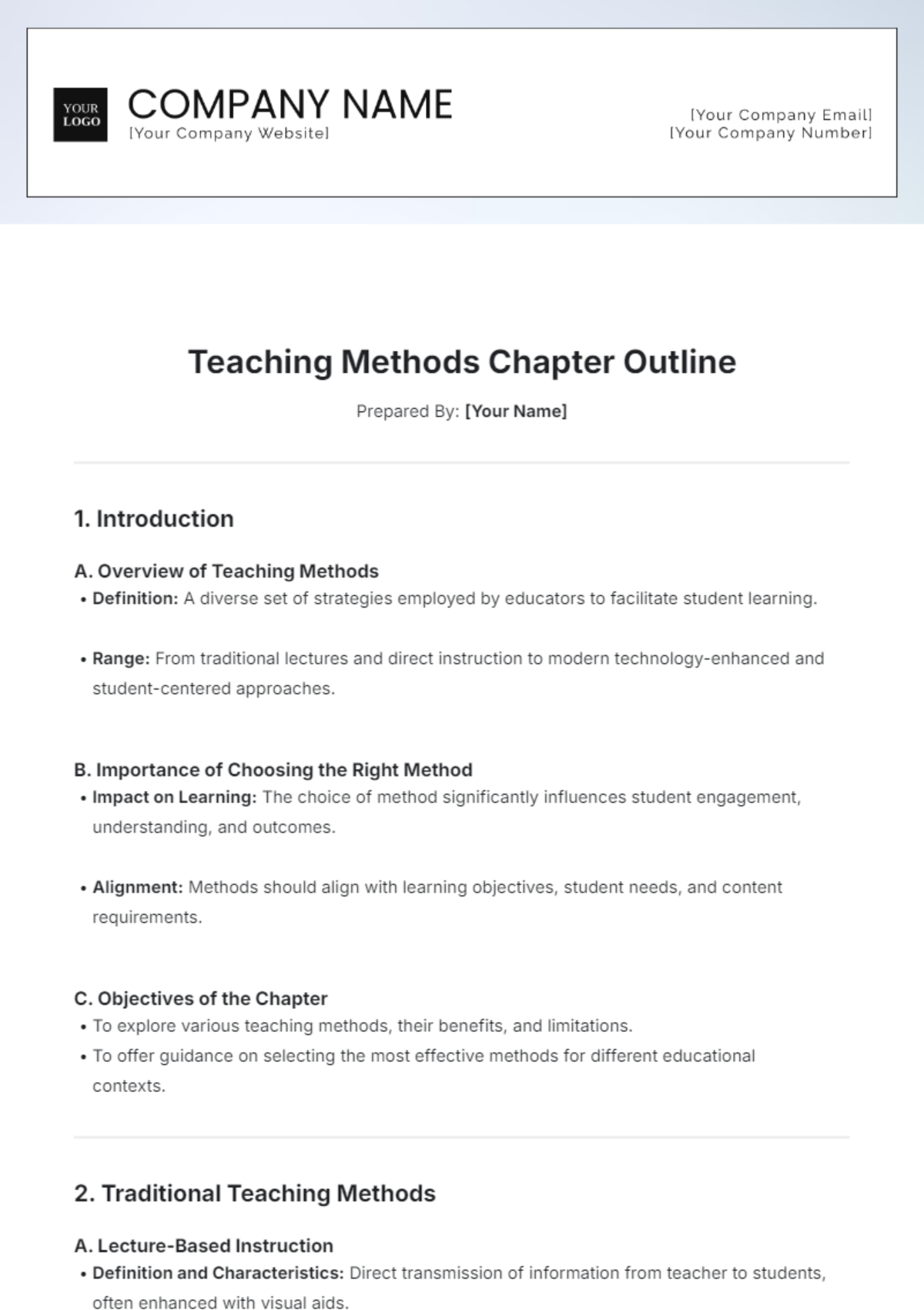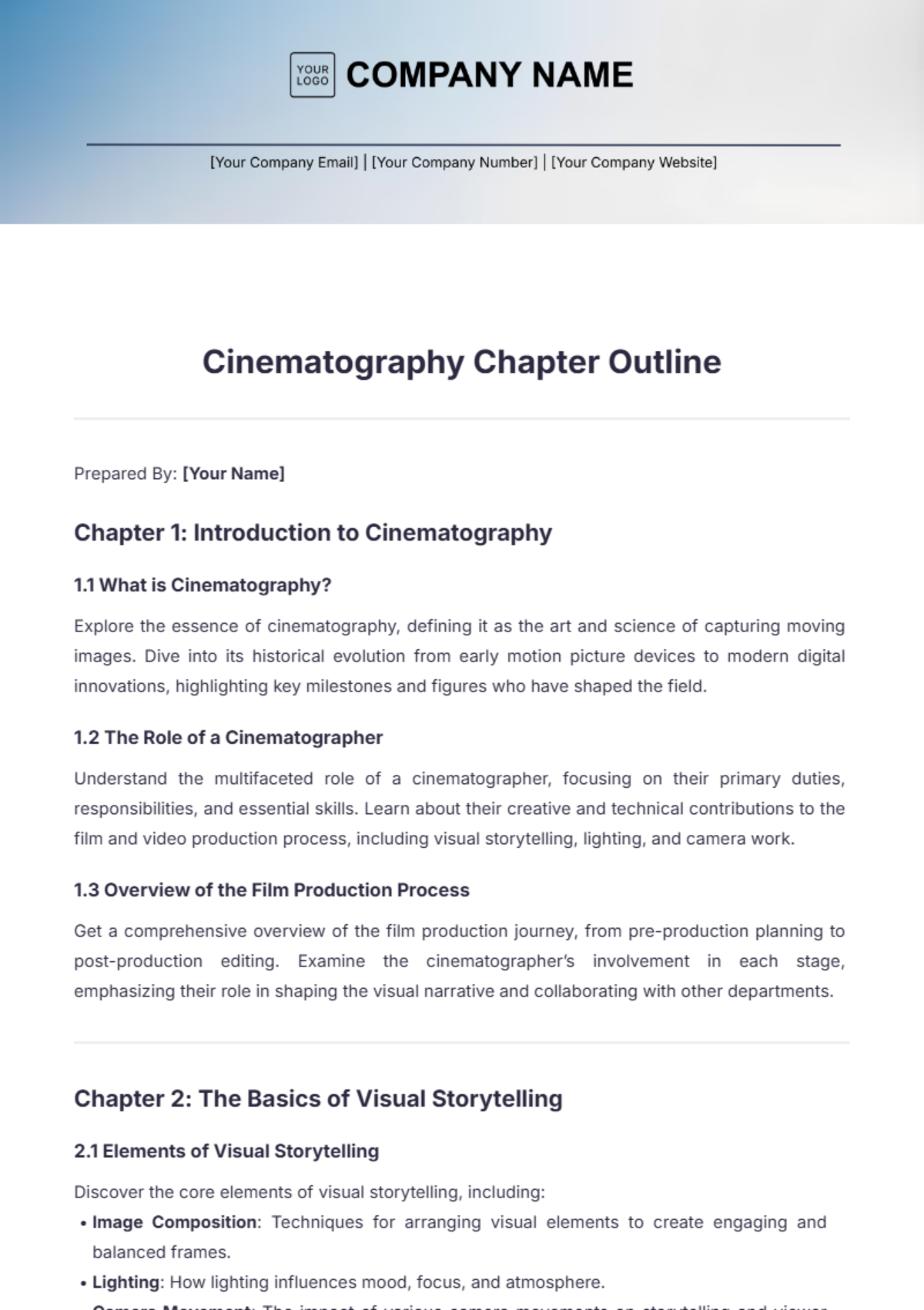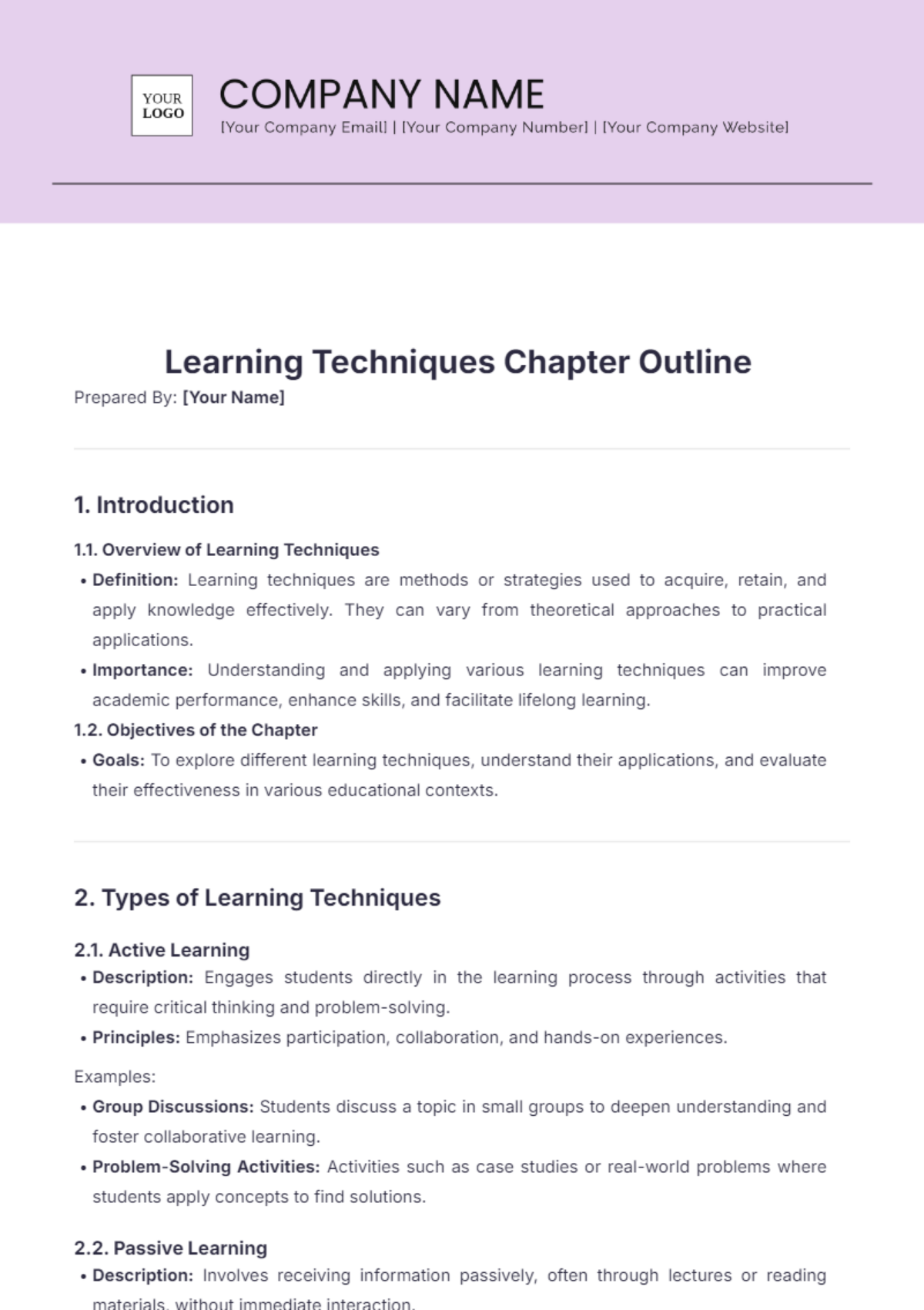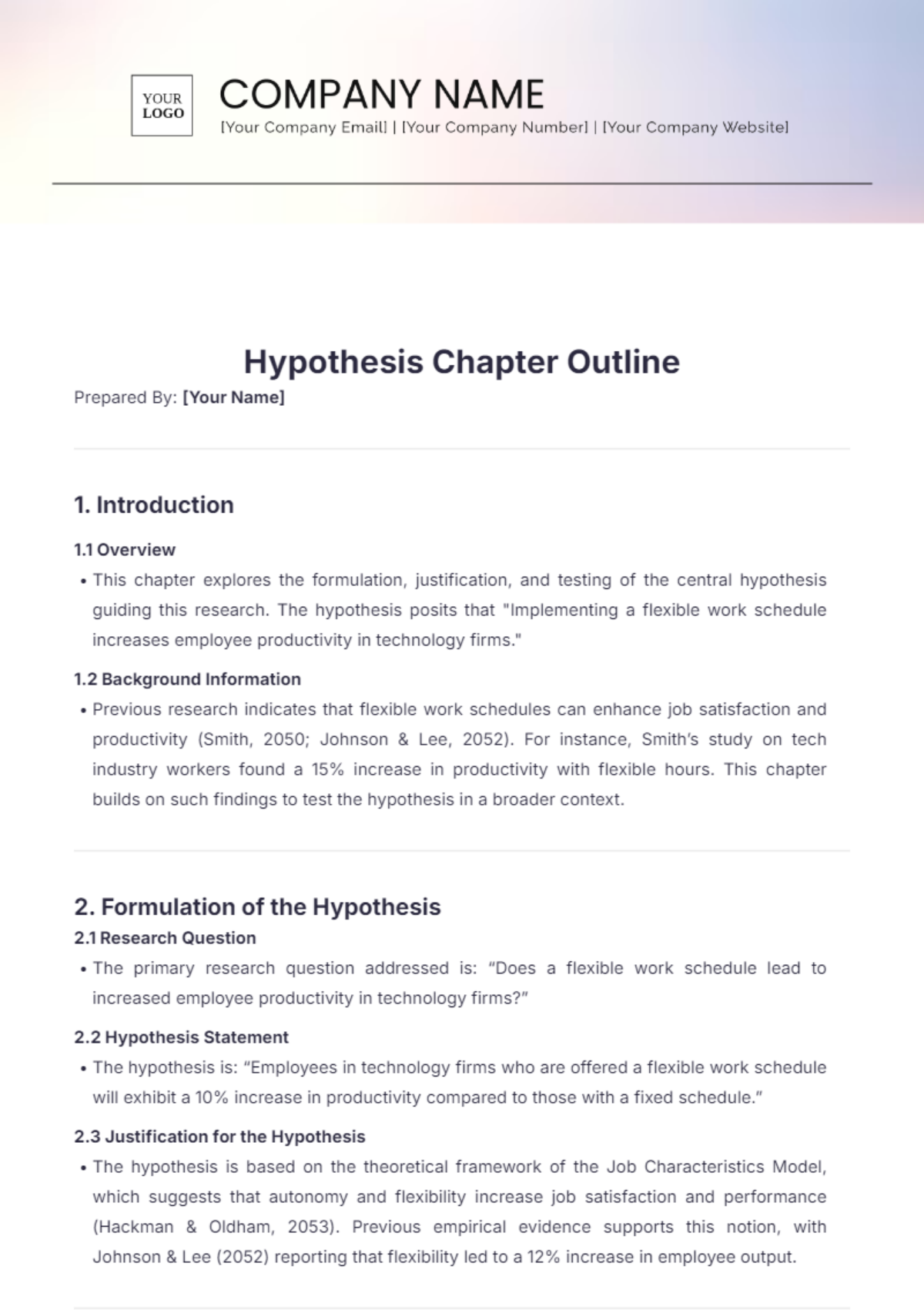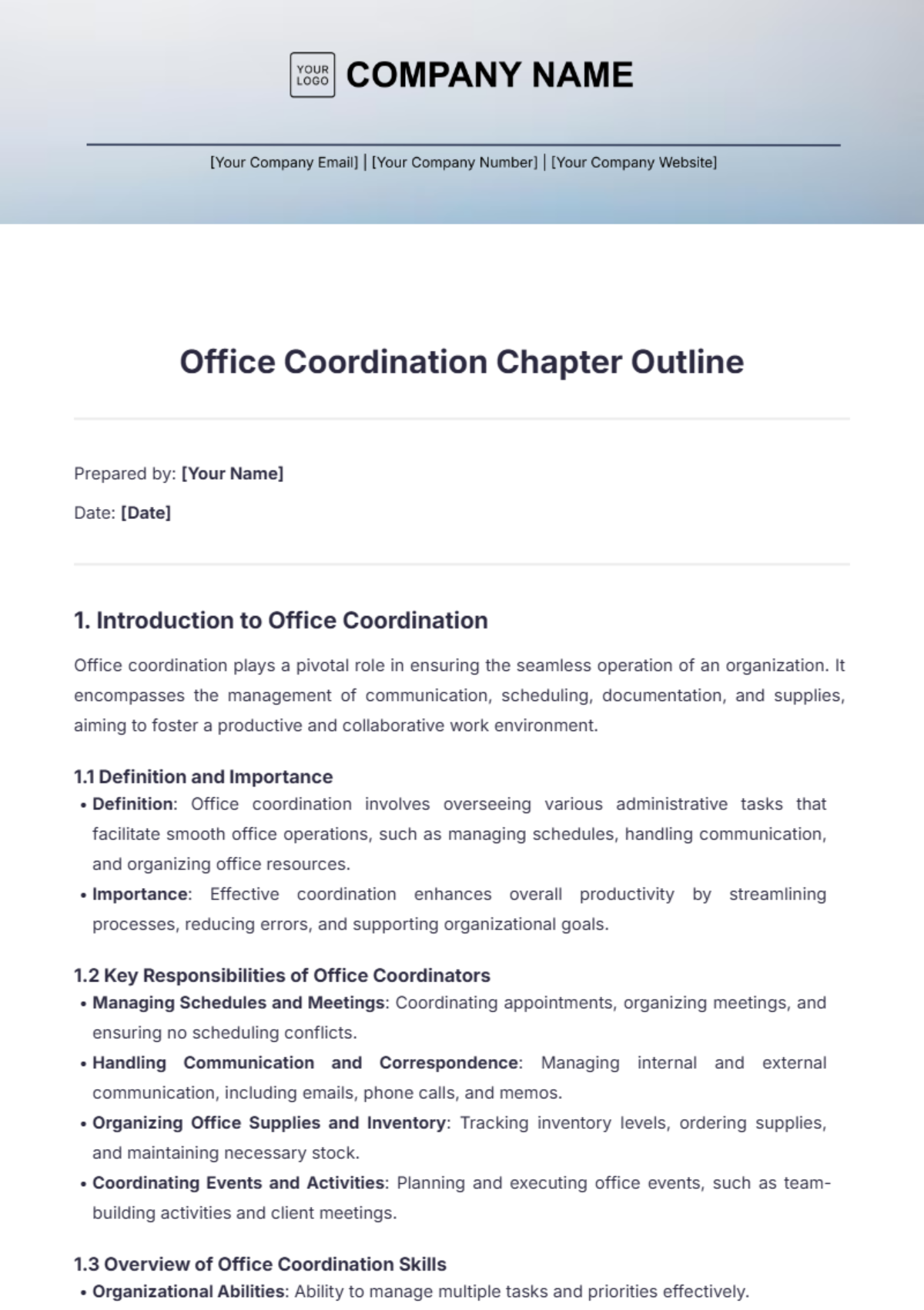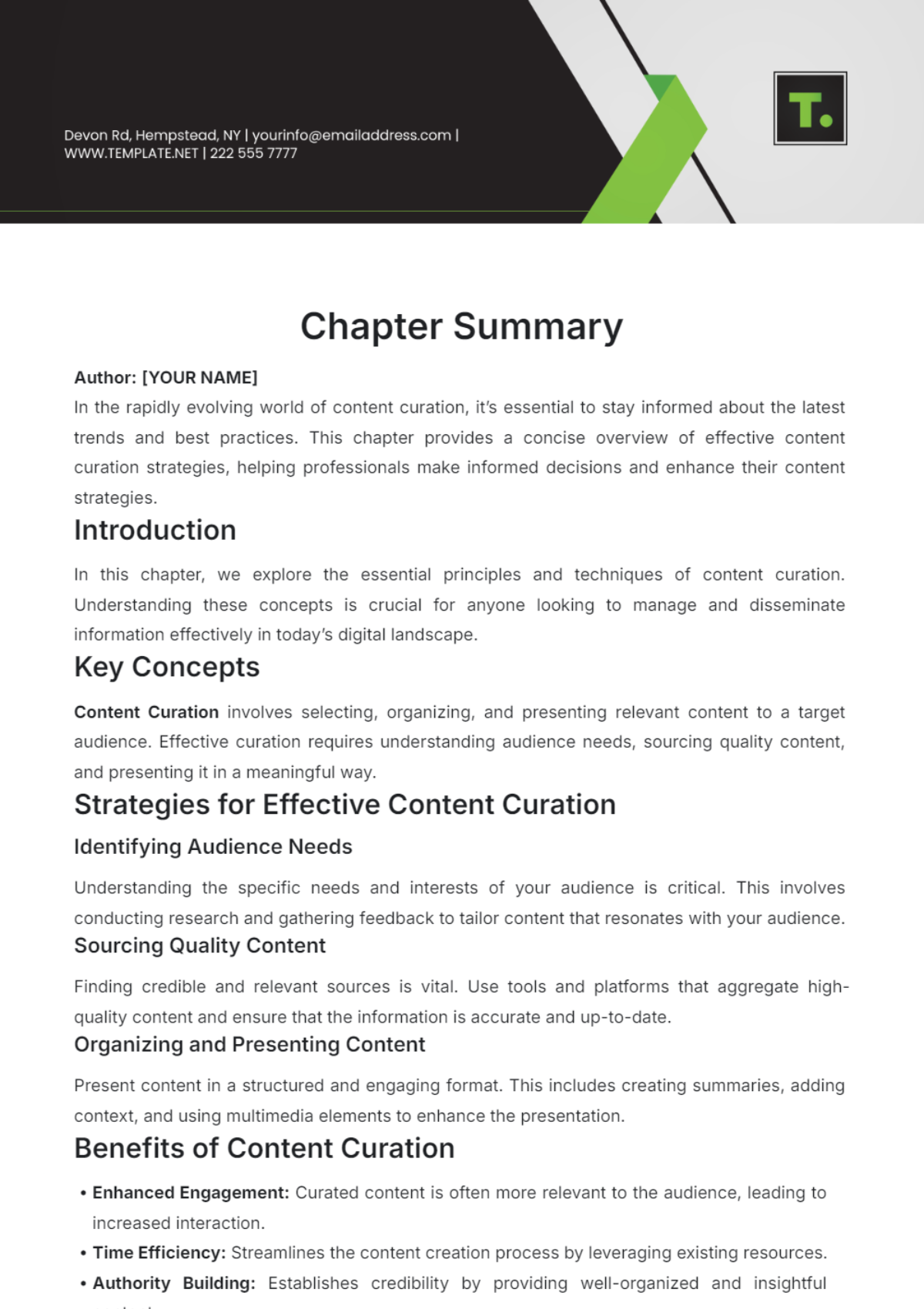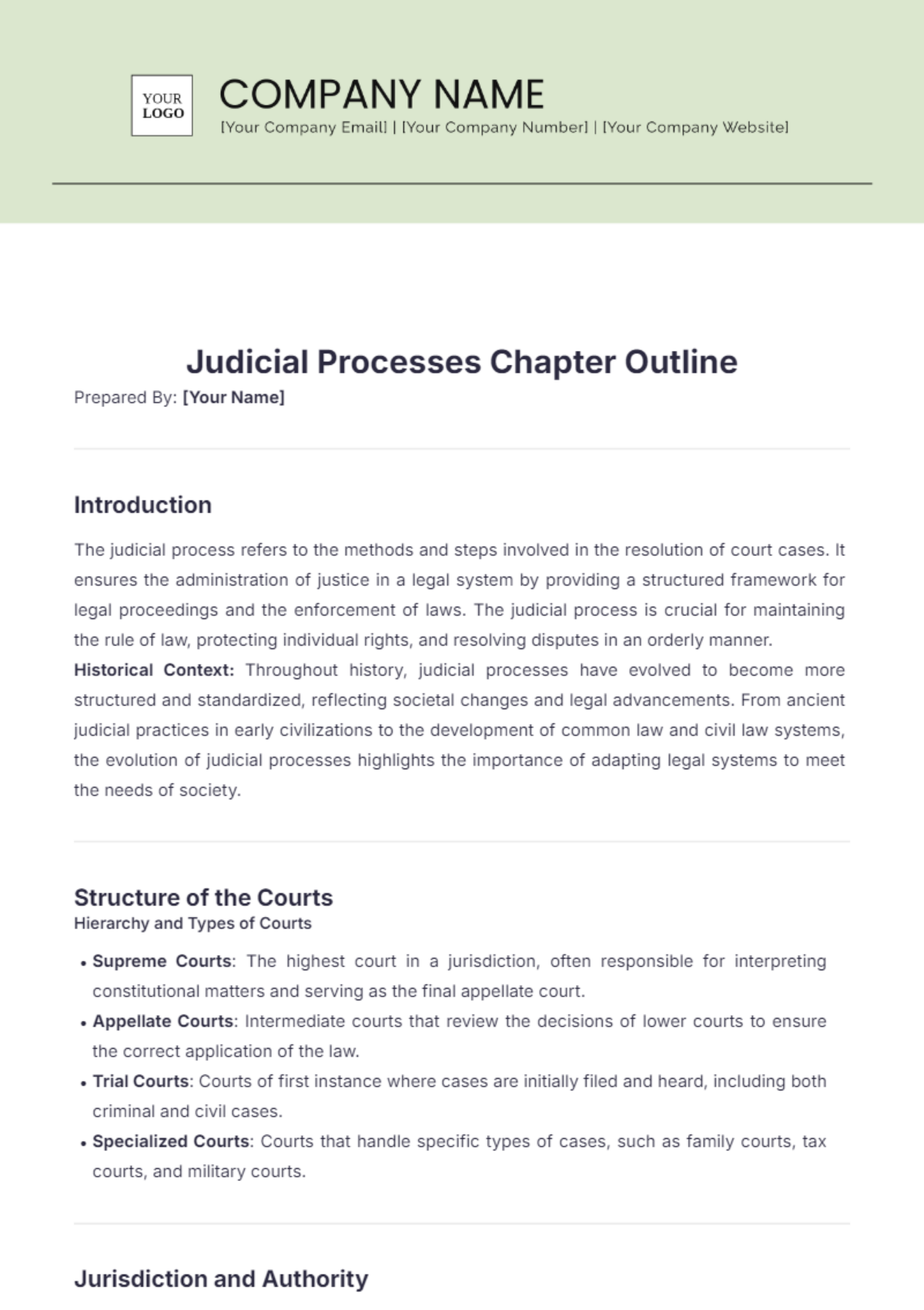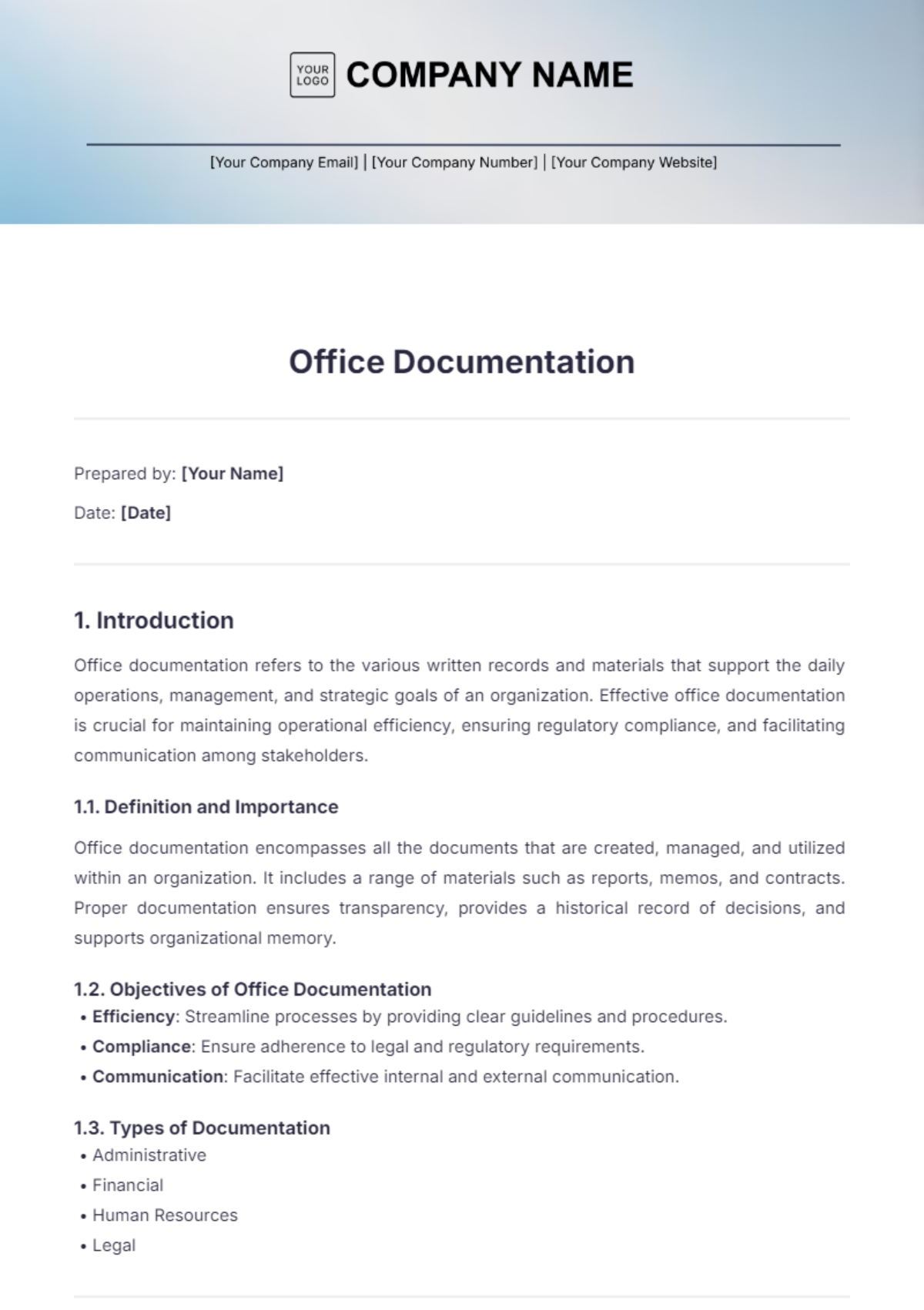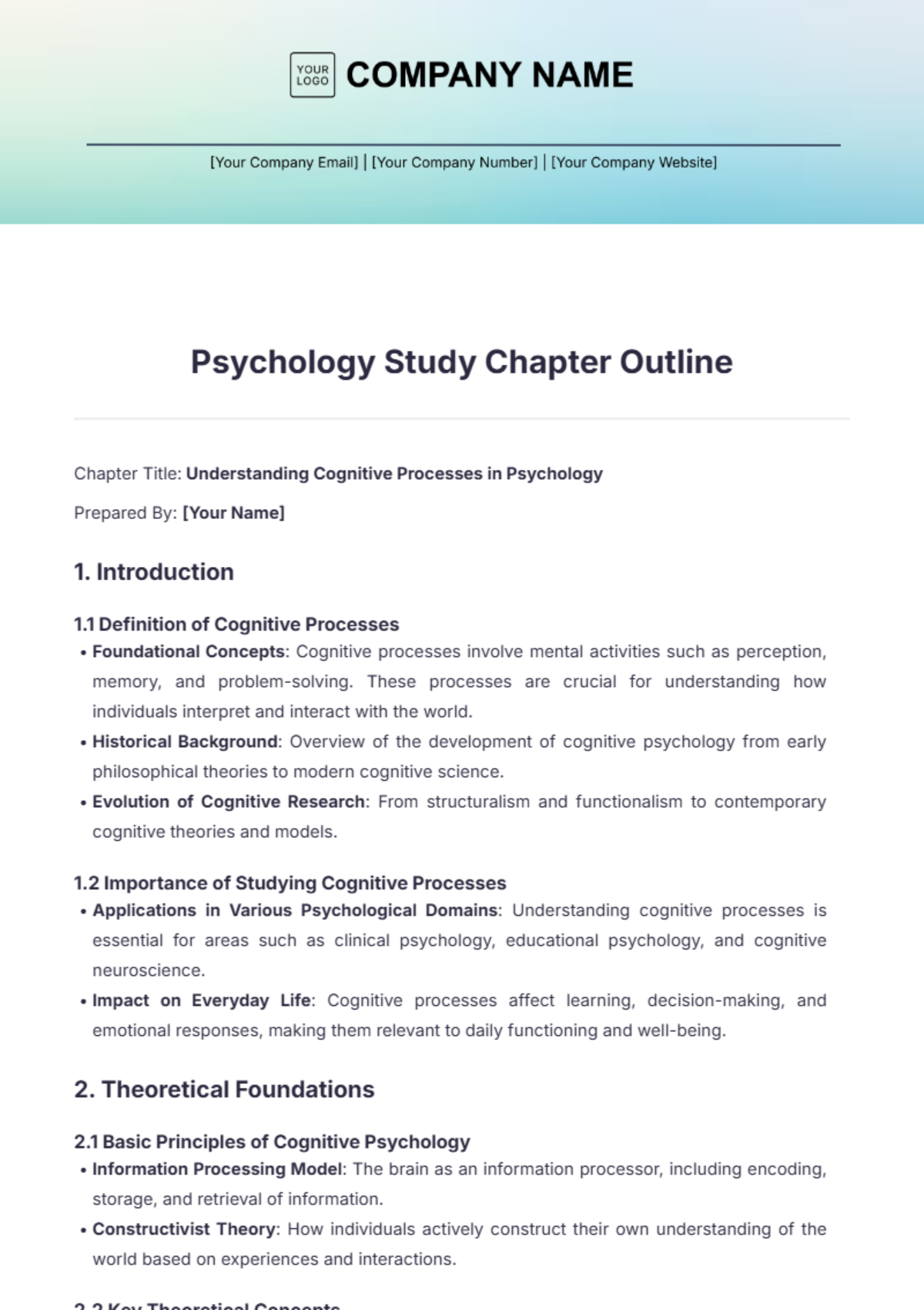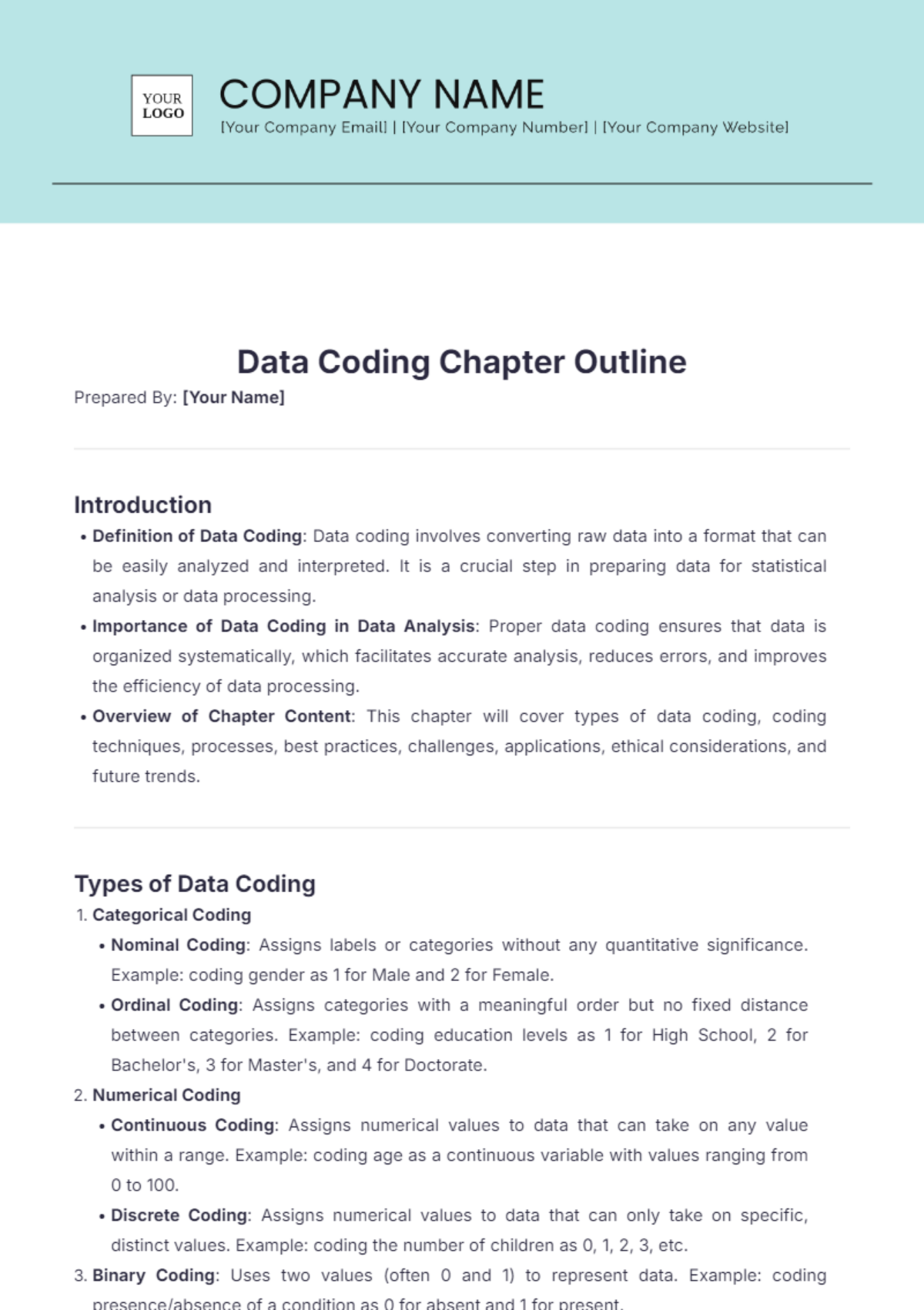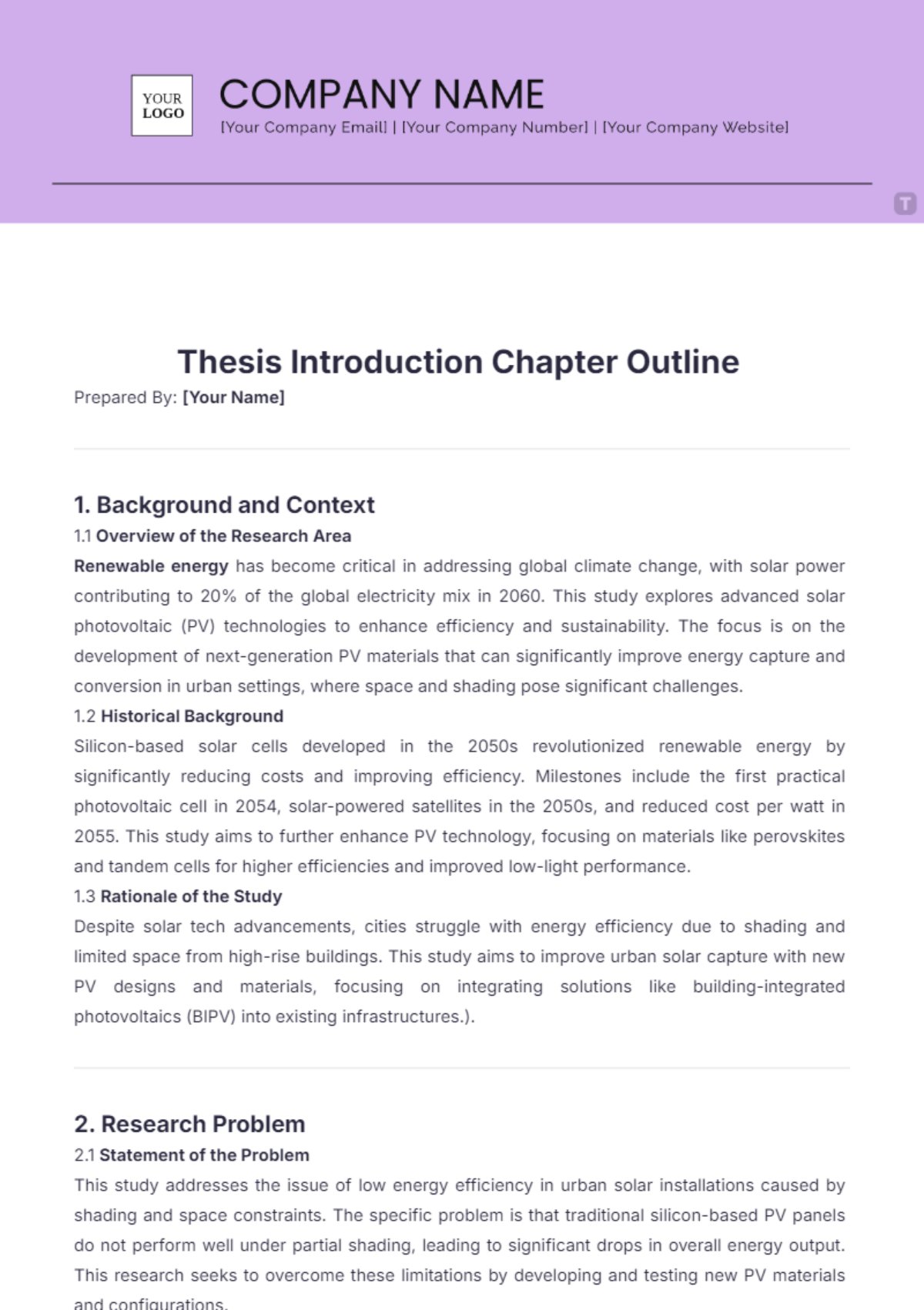Chapter Structure
Author: [YOUR NAME]
Company: [YOUR COMPANY NAME]
Contact: [YOUR EMAIL], [YOUR COMPANY NUMBER]
Address: [YOUR COMPANY ADDRESS]
Date: August 15, 2050
Introduction
Welcome to this comprehensive training manual designed by [YOUR COMPANY NAME]. This chapter will introduce the essential skills for mastering Cloud Computing with AWS. The purpose of this training is to provide you with a deep understanding of cloud architecture, deployment, and best practices for using AWS in real-world environments.
Chapter 1: Overview of Cloud Computing with AWS
Cloud computing is a revolutionary technology that allows businesses to store, manage, and process data remotely on the internet, rather than on local servers. AWS (Amazon Web Services) is one of the most widely used cloud platforms globally, offering scalable and reliable infrastructure. In this chapter, we will cover the basics of cloud computing and why AWS is a leading provider in the industry.
Introduction to Cloud Computing
Key Features of AWS
Importance of Cloud Solutions for Businesses
Chapter 2: Tools and Resources
This section will provide an overview of the essential tools and resources you will use during this training. These include AWS services, third-party monitoring tools, and automation software to optimize your cloud infrastructure management.
Tool/Resource | Description | Primary Use | Cost (if applicable) | Access Instructions |
|---|---|---|---|---|
AWS Management Console | Centralized dashboard | Manage AWS services | Free for basic tier | Sign up at AWS website |
CloudFormation | Infrastructure as code | Automate resource setup | Free | Available in AWS Console |
CloudWatch | Monitoring and alerts | Track system performance | Pay-per-use | Configure via AWS Console |
Ansible | Configuration management | Automate server setups | Free and Paid versions | Install via Ansible docs |
Terraform | Infrastructure automation | Provision cloud resources | Free and Paid versions | Download from Terraform |
Chapter 3: Step-by-Step Implementation Guide
This chapter will walk you through setting up and deploying a simple AWS environment using CloudFormation. Follow these steps to create a virtual private cloud (VPC) and launch an EC2 instance.
Step 1: Preparation
Begin by setting up an AWS account and configuring your billing preferences. Make sure you have access to the AWS Management Console.
Step 2: Initial Setup
Use AWS CloudFormation templates to automate the creation of a VPC and necessary subnets. This reduces manual configuration errors.
Step 3: Execution
Launch an EC2 instance within your VPC using predefined templates and configure security groups to allow SSH access.
Step 4: Troubleshooting
If you encounter issues during the setup, review the CloudFormation logs for error details or use CloudWatch to monitor instance performance.
Chapter 4: Case Studies and Examples
Here, we provide real-world examples of companies successfully utilizing AWS for cloud computing. These case studies showcase the benefits of cloud adoption, including cost savings, scalability, and improved security.
Case Study 1: DeltaSoft's Cloud Migration
DeltaSoft, a mid-sized software company, transitioned from on-premise servers to AWS and reduced infrastructure costs by 30% while improving reliability.
Case Study 2: DataSec Solutions' Cloud Security Strategy
DataSec Solutions enhanced their data protection protocols by leveraging AWS Identity and Access Management (IAM), enabling role-based access control for their global workforce.
Case Study 3: GlobalTech's Scaling with AWS
GlobalTech used AWS Elastic Load Balancing to scale their web applications dynamically, ensuring consistent performance during traffic spikes
Chapter 5: Practical Exercises and Assignments
Now, it's time to apply your learning with hands-on exercises designed to deepen your understanding of AWS cloud services. Complete each exercise by the deadlines to ensure consistent progress.
Exercise | Objective | Instructions | Materials Needed | Submission Deadline |
|---|---|---|---|---|
Exercise 1 | Deploy a VPC | Use CloudFormation to create a VPC and subnets | AWS Account | September 1, 2050 |
Exercise 2 | Launch EC2 Instance | Launch and configure an EC2 instance within your VPC | AWS Account | September 15, 2050 |
Exercise 3 | Set Up Monitoring | Implement CloudWatch for your EC2 instance and create an alarm | AWS Account | October 1, 2050 |
Chapter 6: Assessment and Evaluation
In this chapter, you'll take a quiz and submit a practical demonstration to assess your knowledge of AWS cloud services. Your performance in these evaluations will be used to identify areas where further study may be required.
Quiz and Written Test: A 20-question multiple-choice quiz covering the key concepts of AWS cloud computing.
Practical Demonstration: You will be asked to deploy a small cloud environment using the AWS Management Console and explain the steps.
Feedback and Review: Upon completion, you will receive detailed feedback on your performance, highlighting both strengths and areas for improvement.
Chapter 7: Advanced Topics and Continued Learning
For those ready to explore advanced cloud computing concepts, this chapter introduces topics such as serverless computing, advanced security configurations, and cost optimization strategies in AWS. We also recommend certifications that can further your career in cloud computing.
Advanced Techniques: Explore AWS Lambda for serverless architecture.
Specialized Tools: Learn how to use AWS Shield for DDoS protection.
Certifications and Further Education: Pursue AWS Certified Solutions Architect - Professional for advanced cloud architecture expertise.
Conclusion
Thank you for participating in this training provided by [YOUR COMPANY NAME]. We hope you now feel confident in deploying and managing cloud infrastructure using AWS. Please feel free to reach out to [YOUR EMAIL] for any additional questions or support. We look forward to seeing you continue growing your expertise in the cloud computing field!



















